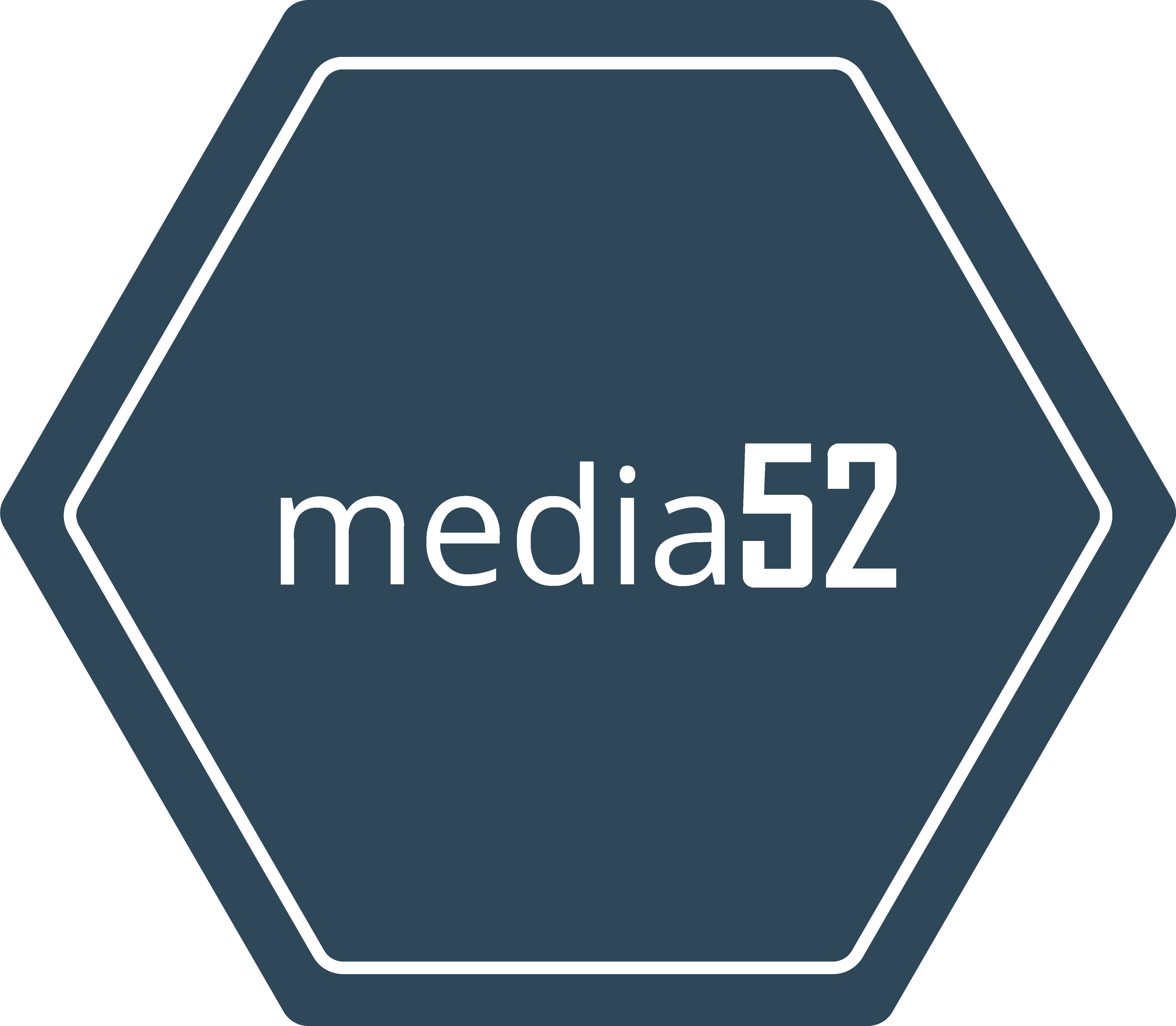Microsoft Launches Majorana 1 Quantum Chip, Promising Revolutionary Advancements

Redmond, Thursday, 20 February 2025.
Microsoft’s Majorana 1 quantum chip, based on a new state of matter, could solve complex problems far faster than conventional computers, marking a potential turning point in computing.
Quantum Computing Breakthrough
Microsoft unveiled its groundbreaking Majorana 1 quantum processor on February 19, 2025, marking a significant milestone in quantum computing technology [1][2]. The chip, which contains eight topological quantum bits (qubits), represents the culmination of nearly two decades of research and required the creation of an entirely new state of matter [1]. Built using a combination of indium arsenide semiconductor and aluminum superconductor materials [1], the Majorana 1 utilizes a novel Topological Core architecture designed specifically for industrial-scale quantum computing solutions [2].
Revolutionary Architecture and Potential
The innovative design of Majorana 1 could potentially enable the integration of up to one million qubits on a single chip [2]. Microsoft technical fellow Chetan Nayak explains the ambitious approach: ‘We took a step back and said OK, let’s invent the transistor for the quantum age’ [2]. The chip’s architecture aims to address complex industrial challenges, from breaking down microplastics to developing self-healing materials [2]. The technology’s potential has already impacted the quantum computing sector, with related companies like IonQ seeing a 237% increase in stock value during 2024 [1].
Manufacturing and Future Applications
Unlike many of its other technology initiatives, Microsoft is manufacturing the Majorana 1 components internally in the United States [1]. The company plans to collaborate with national laboratories and universities for research applications [1]. Microsoft Executive Vice President Jason Zander has indicated that commercial reliability will be addressed once they achieve ‘a few hundred qubits’ [1]. The technology could potentially enhance Microsoft’s $13 billion AI business by generating specialized data for AI model training [1].
Scientific Impact and Timeline
The development was accompanied by a paper published in Nature on February 18, 2025, detailing the creation and measurement of the topological qubit’s properties [2]. Microsoft CEO Satya Nadella emphasizes the significance: ‘After a nearly 20-year pursuit, we’ve created an entirely new state of matter’ [7]. While the technology shows promise, Microsoft indicates that practical quantum computing applications are still years, rather than decades, away [1]. The company aims to make the technology available through its Azure cloud platform before 2030 [1].

